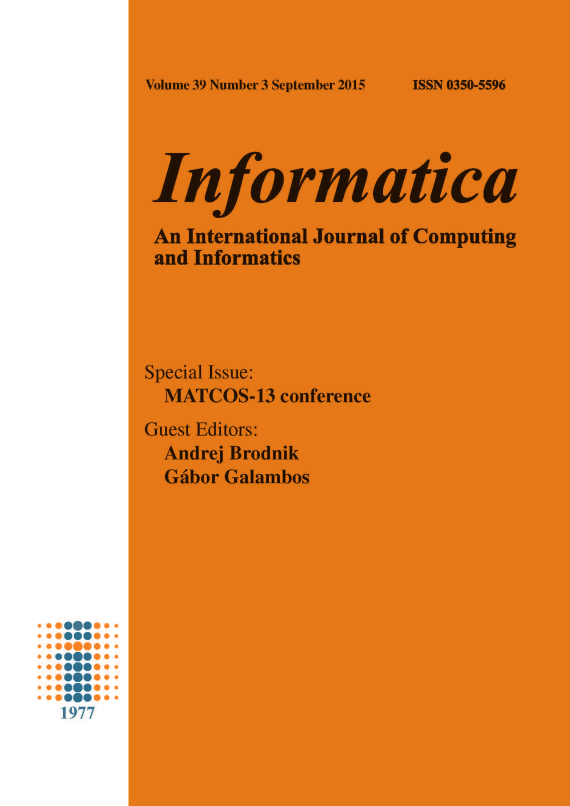PGO-DLLA: Parallel Grid Optimization by the Daddy Long-Legs Algorithm for Preventing Black Hole Attacks in MANETs
Abstract
Mobile ad hoc networks (MANETs) are wireless networks that are considered a good alternative to the other types of networks during the hardest times such as wars or natural environment disasters. MANETs have the capability of working without any need for base stations or infrastructures. However, MANETs are subject to severe attacks, such as the black hole attack. Many researchers in the field of secure routing and network security have been working on acceptable solutions to prevent black hole attacks in MANETs. Unfortunately, most of the proposals are not attainable or have performance difficulties. One of the most ambitious goals in the research is to find a way to prevent black hole attacks without decreasing network throughput or increasing routing overhead. Swarm intelligence is a research area for information models that studies the collective behavior of insects or animal swarms. Some algorithms have been proposed to address black hole attacks through new protocols and improving routing security with swarm intelligence. In this paper, we propose a parallel grid algorithm for MANETs that optimizes both routing discovery and security in an Ad Hoc On-Demand Distance Vector (AODV). The new technique, called Parallel Grid Optimization by the Daddy Long-Legs Algorithm (PGO-DLLA), simulates the behavior of the biological spiders known as daddy long-legs spiders. Experiments were conducted on an NS2 simulator to demonstrate the efficiency and robustness of the proposed algorithm. The results indicate better performance than the AntNet algorithm with respect to all metrics except throughput, for which AntNet is the better algorithm. In addition, the results show that PGO-DLLA outperforms the standard AODV algorithm in simulations of both a peaceful environment and a hostile environment represented by a black hole.Downloads
Issue
Section
License
I assign to Informatica, An International Journal of Computing and Informatics ("Journal") the copyright in the manuscript identified above and any additional material (figures, tables, illustrations, software or other information intended for publication) submitted as part of or as a supplement to the manuscript ("Paper") in all forms and media throughout the world, in all languages, for the full term of copyright, effective when and if the article is accepted for publication. This transfer includes the right to reproduce and/or to distribute the Paper to other journals or digital libraries in electronic and online forms and systems.
I understand that I retain the rights to use the pre-prints, off-prints, accepted manuscript and published journal Paper for personal use, scholarly purposes and internal institutional use.
In certain cases, I can ask for retaining the publishing rights of the Paper. The Journal can permit or deny the request for publishing rights, to which I fully agree.
I declare that the submitted Paper is original, has been written by the stated authors and has not been published elsewhere nor is currently being considered for publication by any other journal and will not be submitted for such review while under review by this Journal. The Paper contains no material that violates proprietary rights of any other person or entity. I have obtained written permission from copyright owners for any excerpts from copyrighted works that are included and have credited the sources in my article. I have informed the co-author(s) of the terms of this publishing agreement.
Copyright © Slovenian Society Informatika








